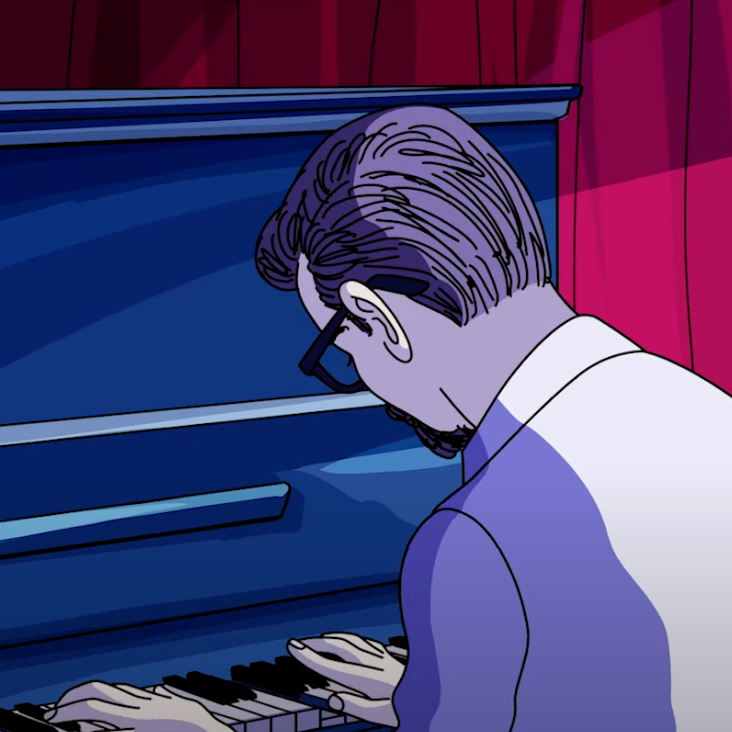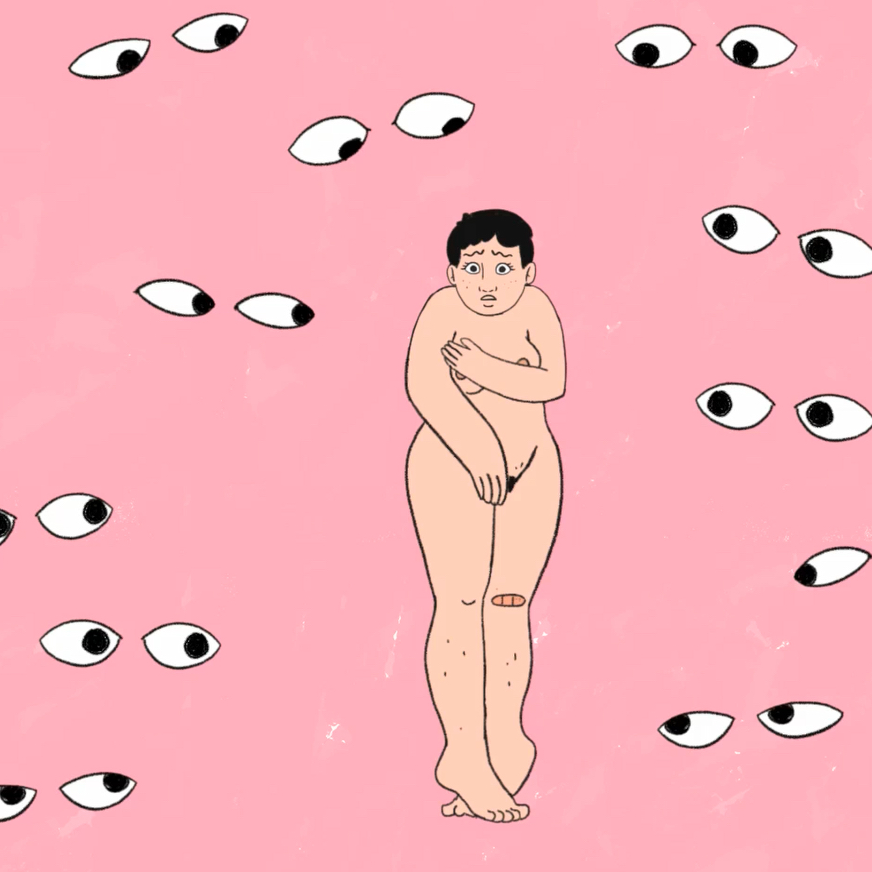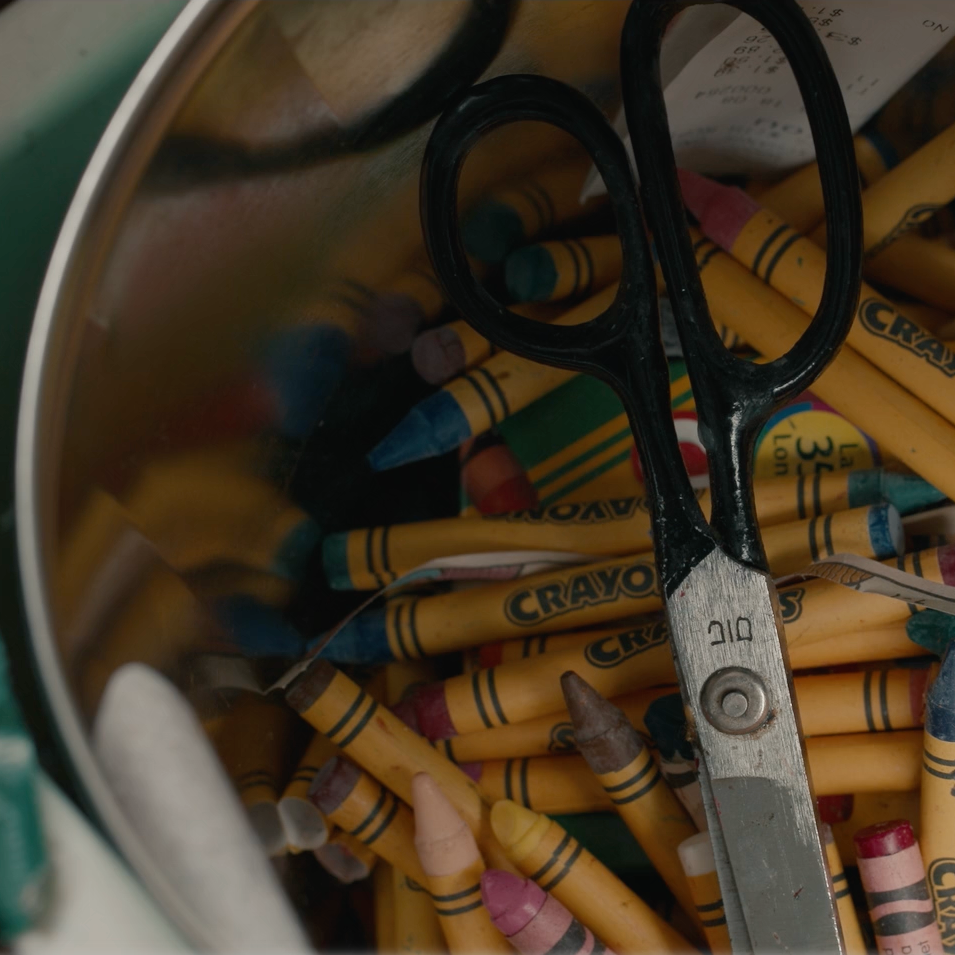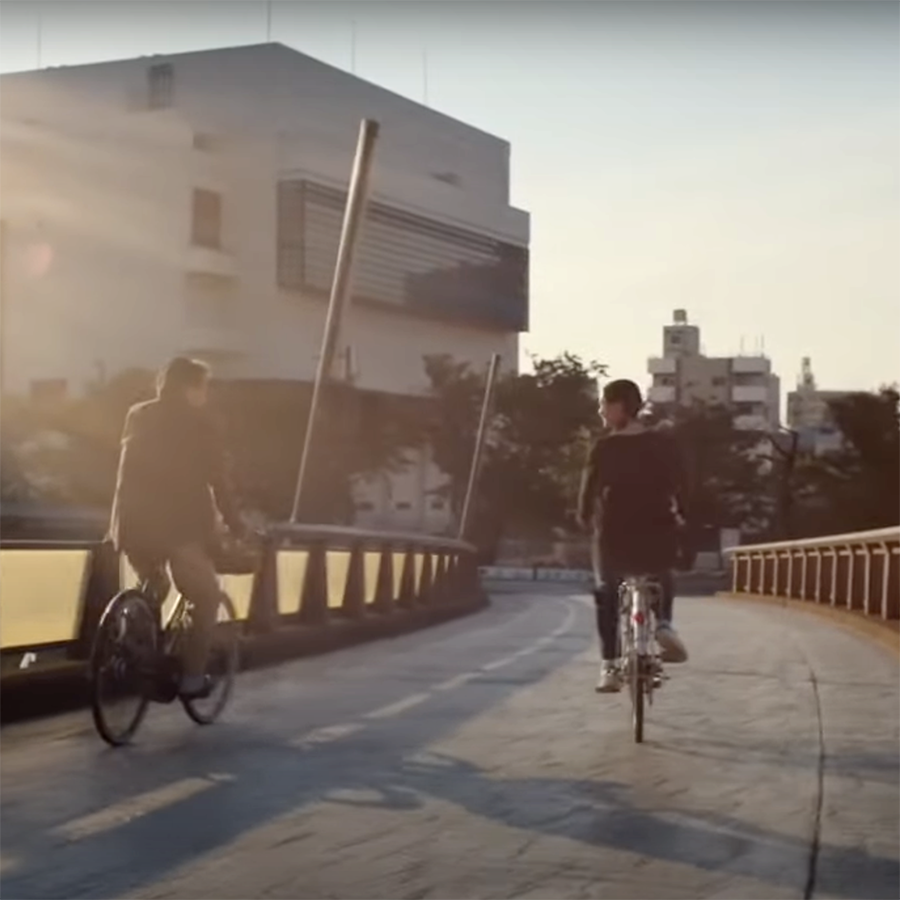
November 19, 2008
The Brooklyn Children’s Museum

When you are a design critic and a new parent, your first encounter with much of baby world leads to many questions. Why does every toy come in three primary colors, rather than a single hue? Why so bulbous? Why does it need to light up/sing “Old McDonald”/moo? My first encounter with the expanded Brooklyn Children’s Museum, which reopened in Crown Heights this September, made me ask almost the same questions—and with the same fear of being a spoilsport.
Rafael Vinoly Architects took a 1977 Hardy Holtzman Pfeiffer building which housed the 109-year-old museum (the country’s first expressly designed for kids) on two underground levels, and wrapped it in a two-story yellow-tile shell, almost doubling its size to 104,000 square feet. That shell is a hovering, wavery, L-shaped form that seems intended to evoke many metaphors, and cute nicknames from kids, but all I could come up with was Jell-O. The $49 million new building’s slight exterior curves and its relentless artificial hue, augmented by supporting single-story steel boxes in red and green and brown, are derived from the language of Toys “R” Us, not the natural world (or even the world of wooden toys).
Which is to say, it looks fun, it looks new, and it looks like it is for kids, so while I might wish for something more subtle (a mysterious aluminum-clad cloud, a sinuous scaly tube), symbolically RVA has more than done its job in repositioning the museum for the current repopulation of Brooklyn by babies. While the color and shape are wildly out of context in a neighborhood of gorgeous townhouses, the museum lies low, its roofline just under the cornices of the houses across the street, just above the rise of historic Brower Park with which it shares the block, and so is a model contemporary interloper.
Up close, the skin of the shell seems to be made of one-inch ceramic bathroom tile, applied in huge sheets. It is pocked with porthole windows, which promise off-kilter and child-height views inside, and swoops up at either end of the L into porte cocheres stuccoed yellow on the underside. More than half of the ground floor is glass, offering a peek at the new activity zone for those 5 and under and creating an open glass corner entrance between the red box (which houses the museum shop) and the green box (coat check).
To enter, you follow the yellow inside and into a gray recycled rubber-floored lobby, walking out from under the overhang into a top-lit hallway that branches at 90 degrees. The hall to the left leads to Totally Tots (where my 13-month-old happily played at the water table and crawled through carpeted tubes for 45 minutes) or a long staircase takes you up to the café; the one to the right leads to a not-yet-completed exhibition space, the stairs up to changing exhibitions (currently Collections Central, showcasing craft objects, and Living in Space, aimed at older kids).
Before you is the low, dark expanse of the museum’s previous one-story building and a promenade of sorts: the “People Tube” which houses a flume of water running alongside a ramp. This waterway should be the museum’s spine, and it does branch at intervals into the museum’s two permanent exhibits, World Brooklyn (culture) on the left, Neighborhood Nature on the right, but it fails to organize the big-box space at several levels.
First, signage: it is very dark inside, which doesn’t encourage engagement with the flume, which is also unmarked by didactic plaques. In photographs it is lined with rainbow neon at intervals, but none of these tubes were lit the busy Sunday I visited. The introductions to the exhibits on either side are outside the tube (where you can descend using stairs), making you feel as if you are entering in the middle if you follow its lead. A kid wouldn’t care, but a completest parent might.
And the end of the spine, which in an adult museum would surely end in something glorious, dumps you into a “sand” pit in which children can “plant” “vegetables.” The museum’s greenhouse and garden are right next door, and it is a shame the renovation couldn’t reposition one or both as the culmination of the downward journey.
There’s an ongoing tension in the exhibits, too, between the real and the ersatz. I do not feel qualified to judge children’s exhibits, but on the nature side, kids were asked to plant those fake lettuces, spot a motionless preserved bug, catch a stuffed fish. Only in a few cases were there real, living, moving critters to see or touch. Everywhere you looked there was another little table, a computer monitor, a glass case, without a real sense of progression or even labeling about which activities were appropriate for which age group. To me it felt cacophonous visually, educationally and sonically.
On the culture side, World Brooklyn lines up businesses, based on real shops, showcasing Brooklyn’s many immigrant groups — Caribbean costume shop, Italian pizzeria, Mexican bakery. The children seemed thrilled to pile felt mushrooms on a limp fabric pizza and bus it to a set of café tables on a tray, but I hoped there were going to be supervised pizza-making sessions where they could play with real dough (likewise for the empty Mexican bakery).
At an architectural level, the “storefronts” were bland boxes painted spicy colors, less culturally evocative than the real stores they represented, which would have had walls layered with goods, and more smells and sounds from home. That said, the kids were having a great time running the cash registers, stamping Ghanaian motifs, trying on sparkly headbands. It’s ugly, but it’s fun. But I hope I don’t have to like the leaf-print carpet or the lame build-a-dam water feature.
Upstairs, where the new yellow box might have provided a more framework, the exterior’s curves are regularized inside into a flat and colorless sheetrock wall. The portholes turn out not to correspond to any interior program, and are not even exploited as an element to explore. In the café, for example, a set of coffee urns blocks a hole just the right height for a three-year old. The windows are just another piece of infrastructural flotsam on a double-height undecorated wall, seeming like afterthoughts.
The café, at least, has windows out to the plaza on top of the lower exhibition level. This wasn’t open, but stadium seating was under wraps on an expanse of patterned concrete. Given the museum’s new sustainability agenda (they are seeking LEED certification), this would seem to be the perfect place for an instructional green roof. The library, in the yellow volume’s front corner, has no such view. It is neither cozy, with a rubber floor and gray walls, nor airy, deadened by the lack of exterior windows. Couldn’t the portholes have opened wider here, at least on the inside, and their deep channels have been painted a color? The aridness of both library and café makes me suspect that the yellow box was designed without program, and thus doomed to be just a billboard.
Classrooms and bathrooms are put in sheetrock boxes along the upstairs halls that only take up half its height; above these the steel underside of the roof is exposed, sprayed with lumpy gray fireproofing. Budget restrictions are to be expected on a city- and state-funded project, but the mismatch of architectural ambition on the interior and exterior was deeply disappointing. It felt as if the museum had all this new space, but not enough stuff to fill it, and that the architects had checked out after the lobby.
I didn’t find answers to my snobbish questions at the BCM, though the organizational flaws inside the museum softened my stance toward its blobby and multicolored exterior. At least that has a strong idea, a contemporary form, and looks exactly like what it is. I wish the exhibitions could have been devised, by architects, curators or exhibition designers, with similar clarity and boldness. Surely children don’t have to be overwhelmed and disoriented to have fun.
This essay was originally published in Architect’s Newspaper, November 19, 2008.
Observed
View all
Observed
By Alexandra Lange
Recent Posts
Mine the $3.1T gap: Workplace gender equity is a growth imperative in an era of uncertainty A new alphabet for a shared lived experience Love Letter to a Garden and 20 years of Design Matters with Debbie Millman ‘The conscience of this country’: How filmmakers are documenting resistance in the age of censorship
 Alexandra Lange is an architecture critic and author, and the 2025 Pulitzer Prize winner for Criticism, awarded for her work as a contributing writer for Bloomberg CityLab. She is currently the architecture critic for Curbed and has written extensively for Design Observer, Architect, New York Magazine, and The New York Times. Lange holds a PhD in 20th-century architecture history from New York University. Her writing often explores the intersection of architecture, urban planning, and design, with a focus on how the built environment shapes everyday life. She is also a recipient of the Steven Heller Prize for Cultural Commentary from AIGA, an honor she shares with Design Observer’s Editor-in-Chief,
Alexandra Lange is an architecture critic and author, and the 2025 Pulitzer Prize winner for Criticism, awarded for her work as a contributing writer for Bloomberg CityLab. She is currently the architecture critic for Curbed and has written extensively for Design Observer, Architect, New York Magazine, and The New York Times. Lange holds a PhD in 20th-century architecture history from New York University. Her writing often explores the intersection of architecture, urban planning, and design, with a focus on how the built environment shapes everyday life. She is also a recipient of the Steven Heller Prize for Cultural Commentary from AIGA, an honor she shares with Design Observer’s Editor-in-Chief, 


